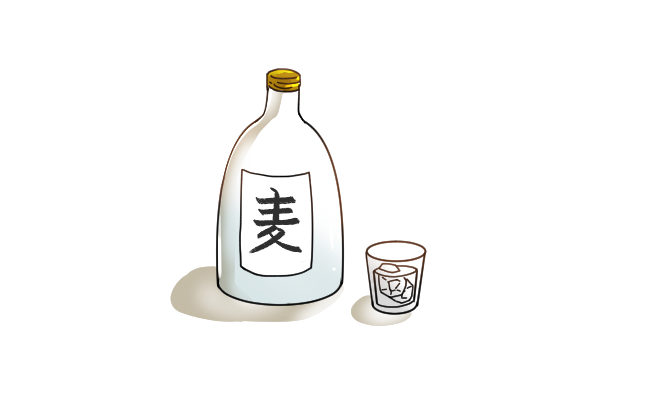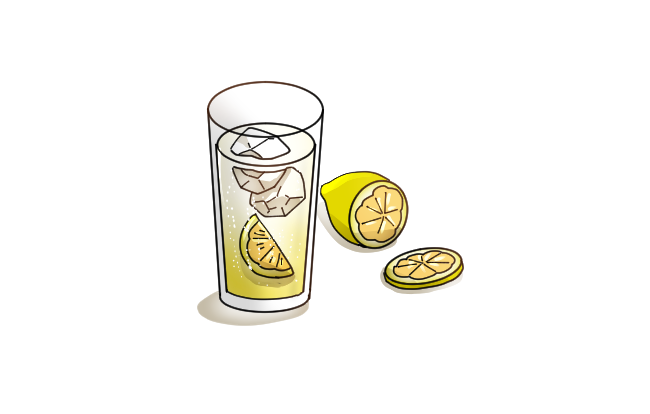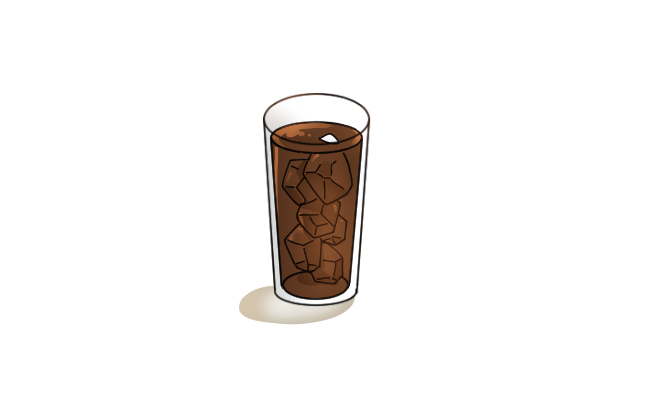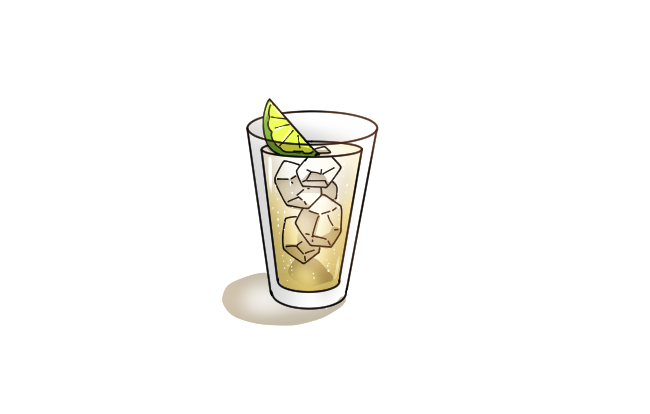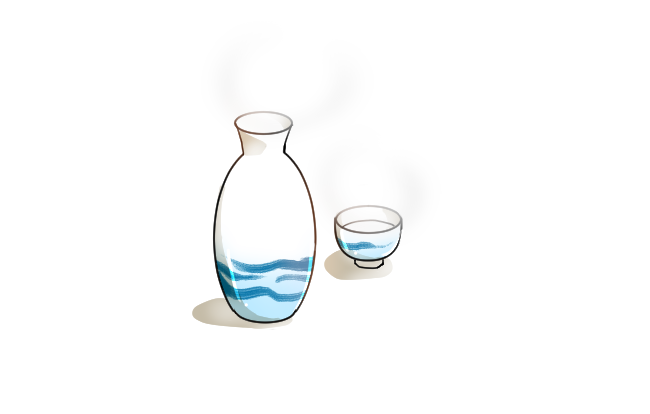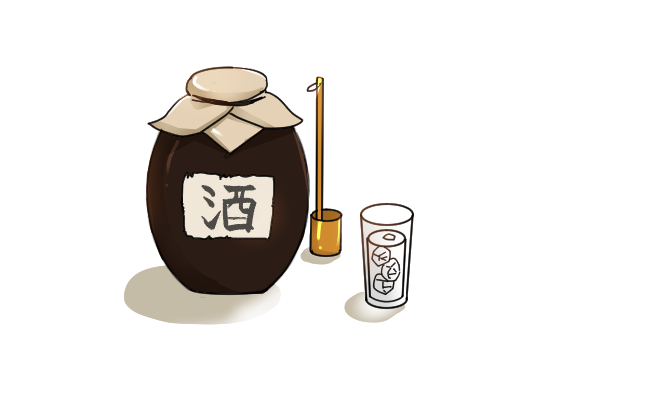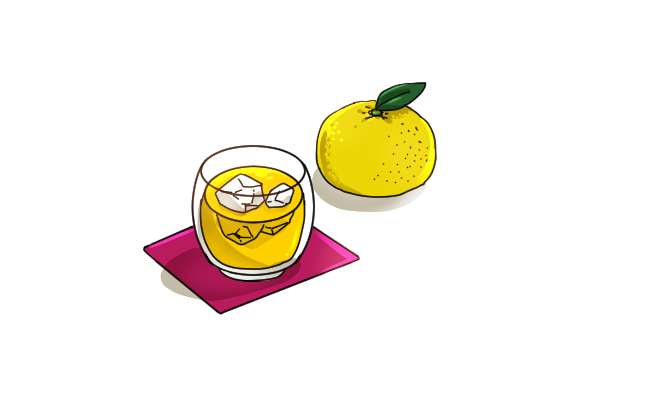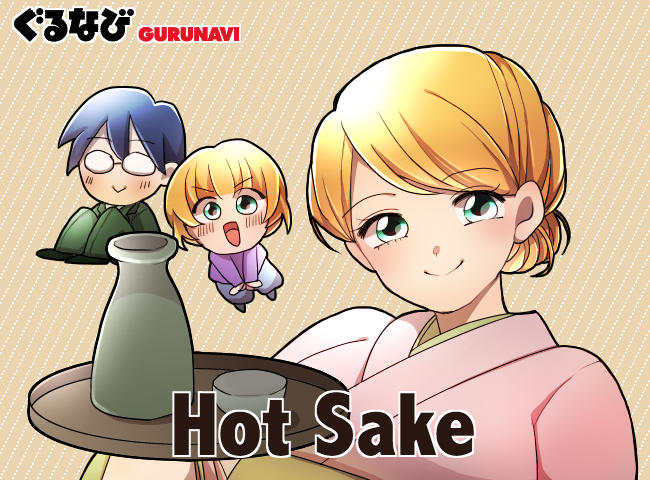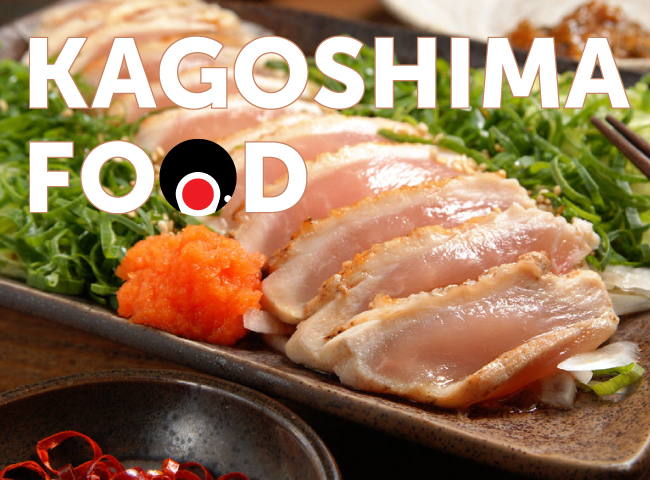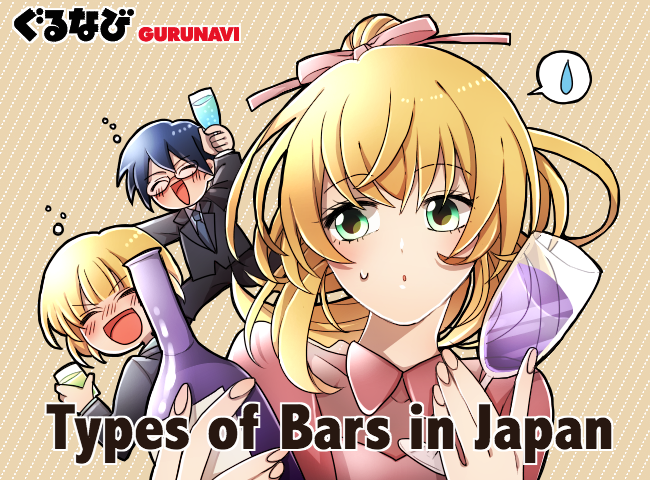10 Must-Drink Types of Popular Japanese Alcohol
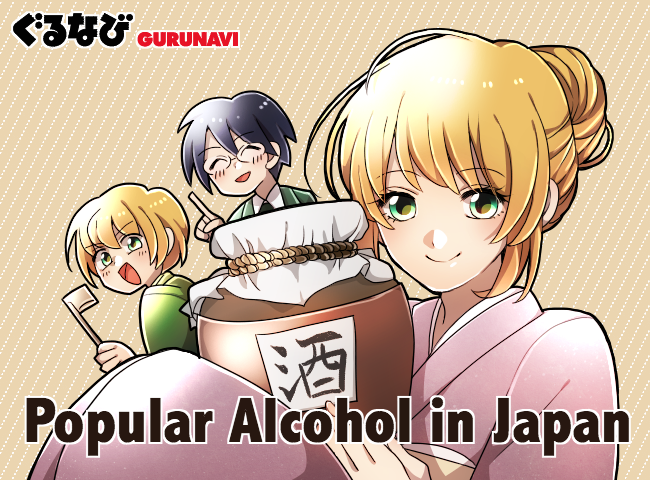
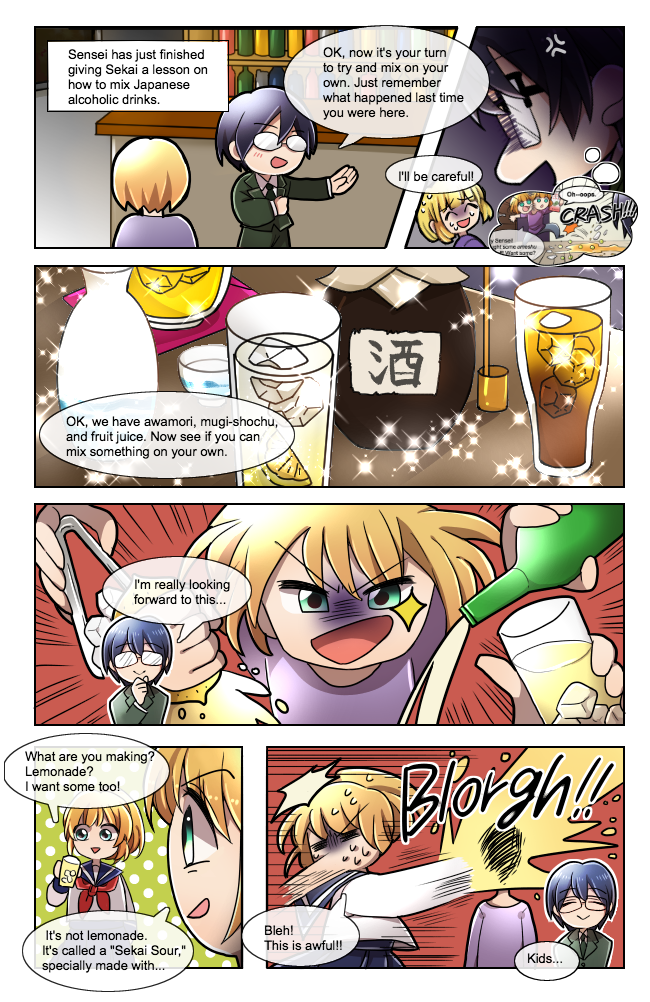
Whether for business or pleasure, many outings in Japan simply aren’t complete without a drink. This includes alcohol at an izakaya (a kind of bar with good alcohol and food to go with it) and at a restaurant that has tabehoudai (all you can eat) and nomihoudai (all you can drink alcohol). If you are in Japan you can go to different variations of bars such as izakaya, tachinomi (small standing bars), shot bars, pubs, kyabakura (a kind of host or hostess club) and dining bars. Business people can be seen going out to drink with colleagues after work, staying out late, and briefly returning home before heading back to work the next day. From straight-up beer to Okinawan rice wine and hot sake, here are 10 popular types of Japanese alcohol for every situation.
Japanese Alcohol from Beer to Yuzushu and More
Beer
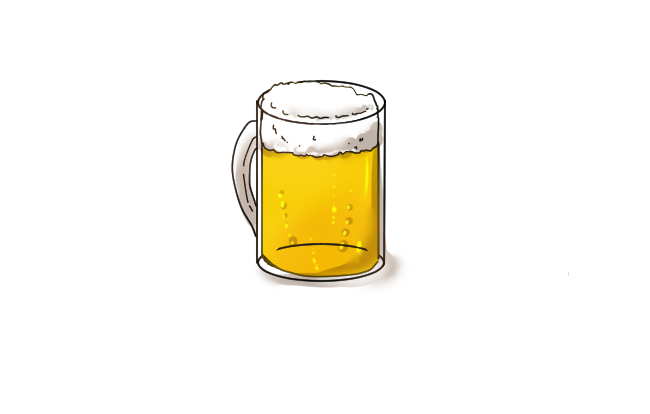
Toriaezu biru basically means, “Let's start off with beer,” which is no surprise as beer tops the list of the most popular drinks in Japan. If you need a go-to drink in Japan, beer is a recommended starter especially if you are at an izakaya where it's popular to use this phrase. You can order nama biru, which is a draught (or draft) beer, or bin biru which is a large, oftentimes half liter bottle of beer to be shared among people at the table. Like most everywhere else in the world, beer is an alcohol made from cereal grains, yeast, hops, and water. Beer was first introduced to Japan by Dutch merchants at Dejima, which was an island trading post from the time when Japan was more isolated. The country soon started importing beers after reopening to the outside world, and later Japanese started making their own. Today you can order beer at most bars and many restaurants, and there is also a craft beer movement happening. There is non-alcoholic beer available, as well as happoshu which is a low malt almost beer that exists as a cheaper alternative to real beer.
Mugi Shochu
Shochu, first made in the 1500s in Kyushu, is a distilled Japanese alcohol which is created starting with a fermented mash of water, yeast, and koji mold. Next, the crushed base ingredient is added to the mash and left to ferment. After this the mixture is distilled. Base ingredients can include mugi (barley), sweet potato, rice, sugarcane, buckwheat, or shiso which is a leaf from the mint family. Mugi shochu has a mild flavor and is good for beginners, while sweet potato shochu has a stronger flavor and can be consumed warm. Try buckwheat shochu for a mild but slightly bitter taste, or go slightly sweet with sugar cane shochu. Not unlike shiso itself, Shiso shochu has a soft flavor. Shochu is commonly consumed by itself, with ice, mixed with other drinks, warmed, or with water added. Mizuwari is alcohol mixed with water, and oyuwari is the warmed version of mizuwari.
Lemon Sour
If you’re ever wondering what to drink in Japan and you feel like something relatively mild, try a lemon sour, also called lemon chuhai. This drink is made from club soda, shochu, and lemon—in fact, you may even be given a whole lemon to squeeze out into your jug! This drink can be found in different varieties, such as yuzu, grapefruit, sudachi, and shikuwasa, and lemon sour was invented in Tokyo. Some izakaya or other eating establishment may serve chuhai pre-mixed, and you can find it canned as well. Prepare your tastebuds for all the fizzy possibilities.
Oolong Hai
Oolong hai, or oolong chahai, is similar to lemon sour, but uses oolong tea instead of lemon, all without the soda. To magically transform oolong tea into oolong hai, simply add a mild shochu variety like mugi shochu into the mix—varieties like sweet potato shochu could be too strong for a balanced flavor combination. Oolong hai can have a noticeably strong tea flavor that can somewhat overpower the taste of mild shochu.
Whiskey Highball
Whiskey highball, a popular alcohol in Japan that had its heyday in the 1950s, is a combination of whiskey and sparkling (carbonated) water that is is experiencing a resurgence in restaurants and can even be found canned. If you drink it in a glass it's recommended to put this mixture with ice. Whiskey highball can be enhanced with carbonated soda or fruit varieties as well. Just one taste will tell you why it’s now considered one of the most popular drinks in Japan.
Umeshu
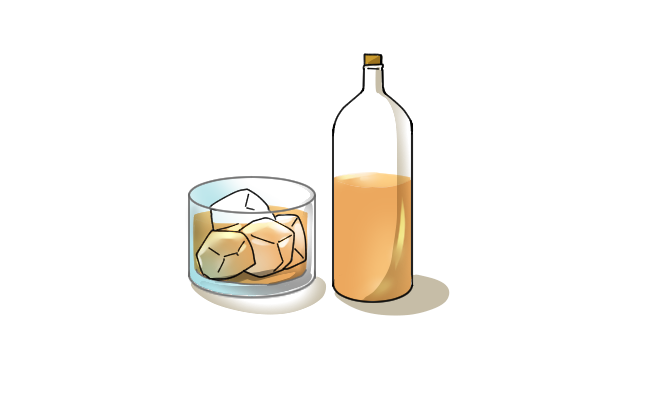
Umeshu, a unique type of Japanese alcohol, is a kind of plum wine using a specific kind of ume tart plum, alcohol such as shochu or sake, and a sweetener like sugar. Whether by itself, with ice, mixed with other drinks, or with warm or cold water, umeshu has a sweet and smooth taste that some might call “dangerous” because it goes down so easily. If mixing is your thing, you may want to try it with one of the fruit and vegetable juice blends found in supermarkets. Of course, plenty of restaurants also serve their own umeshu varieties.
Atsukan
Atsukan, recommended for the colder months, is piping hot Japanese rice wine. Rice wine is also known as sake, which is made from rice, koji mold, yeast, and water. Atsukan has a somewhat smooth and acidic taste. Atsukan technically means “hot sake,” but there are actually many different temperature levels you can indulge. Aside from atsukan (50C, 120F), you can also order tobikiri (55C, 131F), joukan (45C, 113F), nurukan (40C, 104F), hitohadakan (35C, 95F), hinatakan (30C, 86F), hiyakan (15-25C, 59-77F), suzu-bie (15C, 59F), hanabie (10C, 50F), and yukibie (5C, 41F). The general term for hot sake is okan or kanzake. Whatever temperature you prefer, hot sake should definitely be on your list of drinks to try in Japan.
Awamori
Awamori is a distilled type of Japanese alcohol local to Okinawa that is usually consumed either with water, ice, or mixed. The water, yeast, rice in awamori comes from Thailand, while the a black koji mold used to create it is local to Okinawa. Awamori aged more than 3 years is called kuusu. Kuusu can have a relatively rich yet mellow taste compared to awamori, which has a stronger but smoother flavor compared to sake. Awamori is somewhat analogous to whiskey, and kuusu to single-malt scotch. Both awamori and kuusu can be enjoyed with ice, water, mixed, or even by themselves.
Yuzushu
Yuzushu, similar to limoncello, has similar ingredients to umeshu—except that yuzu, a citrus fruit, is used instead of sour plum. The taste is like tangy lemonade with alcohol, but made with a different somewhat lemon reminiscent citrus fruit. This can be consumed by itself, with ice, mixed with other drinks, or with water added cold or warm.
Red Eye Cocktail
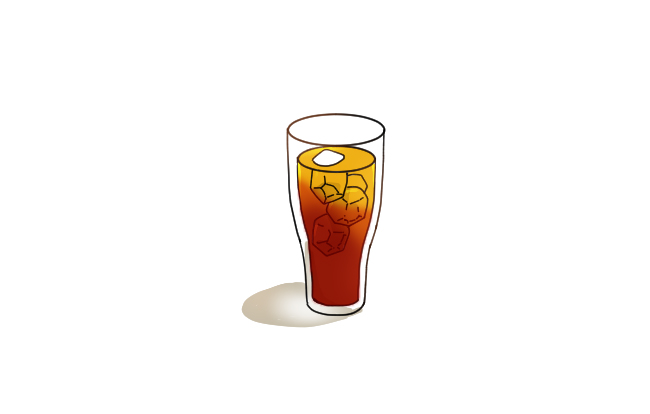
While the red eye cocktail can often be made with a combination of beer, tomato juice, and optionally lemon juice, other versions can call for a raw egg and vodka to be added. A canned version in Japan is essentially happoshu with tomato juice. You can drink the canned version by itself cold in a glass.
Popular Drinks in Japan are Best Enjoyed with Great Food
Japanese alcohol runs the gamut from fun and fizzy cocktails to deep fermented wines, beer and everything in between. Whether you’re looking to fuel a fun night or need a perfect pick-me-up during an after-hours business gathering, you can rest assured that these popular Japanese drinks all fit the bill.
Use Gurunavi’s fantastic listings to help you find the best restaurants and bars—and begin your delicious journey one drink at a time.



